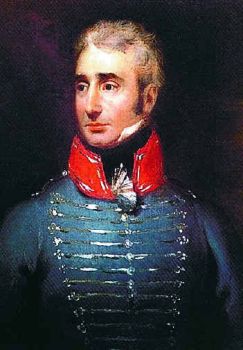Origin and History
The main building of this college, which was part of the British legacy in India, is a monument of great aesthetic, architectural and historical importance. Commissioned in 1803 for the British resident, J. A. Kirkpatrick, its builder Lt. Samuel Russell of the Madras Engineers, has produced a structure capable of rivaling the Governor's house in Kolcata. It is massive in size and has an opulent façade of massive Corinthian pillars forty feet in height. Two lions guard it across a sixty-foot space of twenty-one marble stairs. As a former British Residency, it weaves its own mystique with galleried halls and drawing rooms, a Durbar Hall of stupendous proportions, painted ceiling, parquet floors of inlayed wood, flanked by tall mirrors. Its landscape is dotted by three arched gateways, named after Lord Roberts, the Commander-in-Chief, Lord Lansdowne, the Viceroy and queen Victoria herself. Its well-fortified outer walls serve as a safe heaven for the young girls studying within. This building is now listed for funding by the World Monument Fund for restoration and modernization.
The Osmania University College for Women is a prominent educational institution in Hyderabad and started with only seven students admitted into the Intermediate Arts Course in 1924 in the premises of what was then the Nampally Girls School located in the "Golden Threshold", a former home of Smt.Sarojini Naidu. In 1932, the Intermediate Science Course was started and in 1935, Degree courses in Arts and Social Sciences were added. The College owes its present home to which it moved in 1949, to Nawab Ali Yaver Jung, the former Vice-Chancellor of the Osamania University. In 1941 B.Ed Degree and B.Sc. (Domestic Science) were introduced which has now been replaced by the BA and B.Sc. courses

